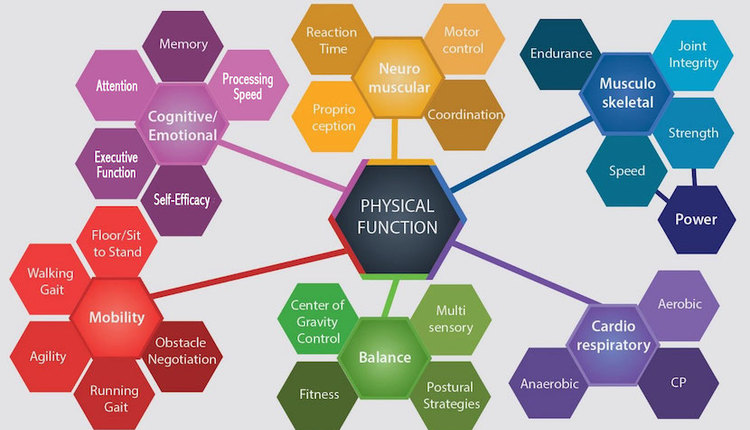
Strong programming skills are essential to meet the needs of a diverse population seeking fitness professionals. When designing a program, keeping in mind a few considerations, you can create workouts that are safe and effective, cut down the time it takes for future work, and grow the business.
Decide what the program needs to deliver
First, decide what needs to be delivered. This should align with company values and the services that are offered. Is there a single program design or does the format vary day-to-day? Try to keep it simple and pick a number of templates that makes sense for the business or demographic. Then, take the necessary time to develop a few examples that will be used as the framework for the training sessions and clearly label and organize the workouts in a way that makes sense to you and your team.
Organize and track
You do not know what is not tracked, so be sure to document a slam-dunk program that works and is well-received by the audience. If the programming changes throughout the week, organize and implement a way to track which template is instructed each day. This will help keep the workouts fresh and avoid delivering the same routine to client who come on the same days each week.
Documenting systems and then repeating the processes that work can allow for more available time to develop other areas of business or life. There are amazing resources available for free online. Use preexisting services that offer a way to collaborate remotely on documents with teammates. Spreadsheets are a great tool to log and track workouts; slideshows work well for presenting to a large audience via screen or monitor; and online platforms allow users to create private and public group forums for dialogue to share content. Once the solid, well-received programs are digitized, it is easy to copy and send them along to clients while they are traveling or on vacation. This is a great way to add value to your clients.
Maximize your equipment and space
As your client base grows, there may be limitations due to the facility or equipment on-hand. Programming with all aspects of a session in mind, creative thinking will help produce a workout that is time efficient, engaging, and that can dramatically expand the number of people that can be served during one session. How is every minute of the session that time being spent? How many minutes are in each session and what is the interval being used for that workout? Be sure to program accordingly and allot adequate time for each cycle or round in the circuit. This includes estimating the time it takes to demonstrate and explain; the time that participants will be working at each station; transition time from station to station; and any breaks between rounds. All of these pieces make-up the whole session and should be accounted for to deliver a strong final product.
If equipment is lacking, one clever workaround is to share gear and expand your template repertoire. Try an “I go, you go” format where two participants work together and share one piece of equipment. Partner A might bike hard for a predetermined metric such as calories burned while Partner B rests. When Partner A has finished the work, they will rest while the other partner completes the task. Partners will continue back and forth for as many rounds as dictated. When applicable for a larger group, a “Pacer & Movers” format is a great way to multiply capacity. In teams, participants will dictate when they transition between moves with the others in their group by having the “Pacer” perform a specific number of repetitions (eg. 20 ball slams), while their teammates perform different exercises. Choosing bodyweight or cardio moves are a great way to keep the others active for as long as it takes the 20 slams to be completed. Upon completion, participants will go to the next move in their circuit. A new person will be responsible for counting to 20 slams and setting the pace of their team. Remember that programming both simple-to-execute and scalable moves will allow many people to feel successful even across a diverse group.
Periodic review of the programs is essential to determine if certain templates flow or connect better with your clients. Ask for honest feedback from teammates who are “in the trenches” and ask clientele about what is enjoyable, what they want to see more of, as well as what they might dislike or find challenging. Be mindful of how physical, mental, social, and other stressors can impact a client’s experience and learn tools to navigate these speedbumps when they occur. With insight, understanding, and prior planning, clients will experience the “sushi roll effect,” receiving what they want, wrapped in what they need, and hopefully coming back for more.
















